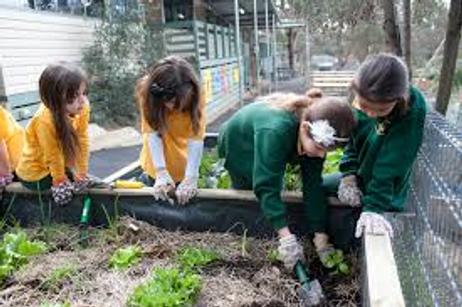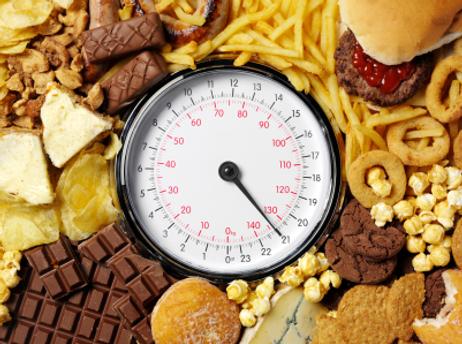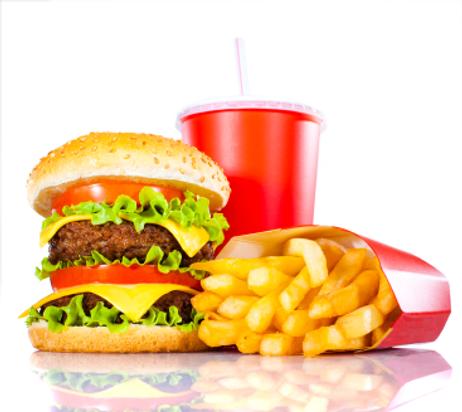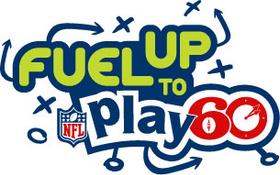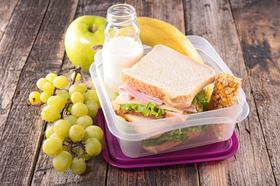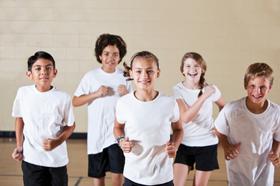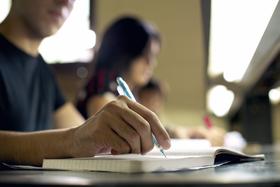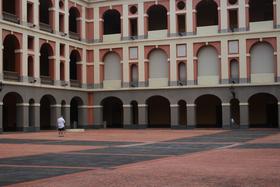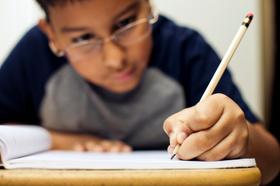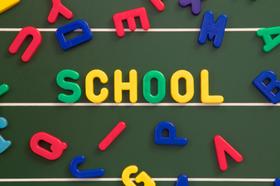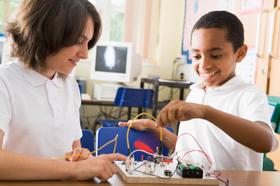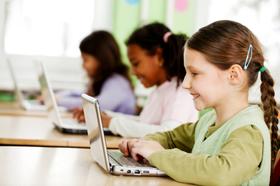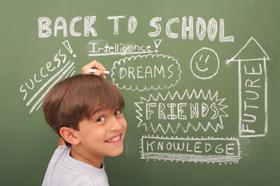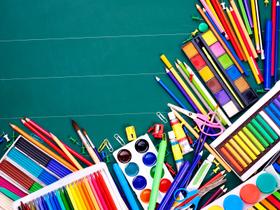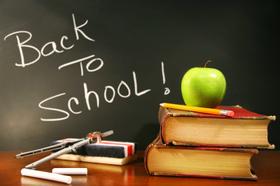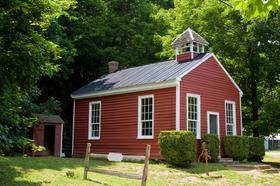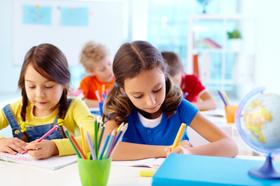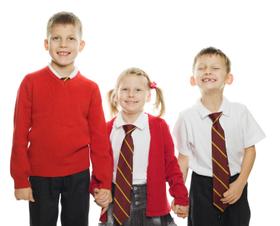Quaker schools have been quietly thriving throughout the country for a number of years, and for parents who find that traditional public and private schools do not provide the environment they want for their children, Quaker schools are an ideal choice. From six Quaker schools in California to eight in New York, and even the one in DC where President Obama's daughters attend, these campuses challenge traditional education's standard teaching methods.
While the overtly Quaker schools today are all private, there may be a future movement wherein charter schools become quietly inspired by Quaker philosophies - minus the religious components.
What is Quakerism?
A Quaker education is one that focuses on the development of the individual student, and the school environment is meant to cultivate "a strong sense of social understanding, skills to deal with adversity, tolerance and respect for others, and a strong sense of self-worth so that [students] have the power needed to succeed," according to a graduate of a Quaker school quoted by .
A Quaker education focuses on the core values of Quakerism, which are called testimonies:
- Peace
- Equality
- Simplicity
- Integrity
- Community
- Service
The first Quaker school in America, the , was originally opened in 1689 as a public school, opening its doors to all students of all socioeconomic means. In fact, Penn Charter was one of the first schools to offer financial aid for its students and teach females and students of all racial


